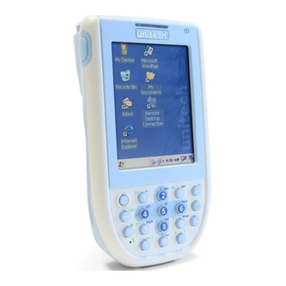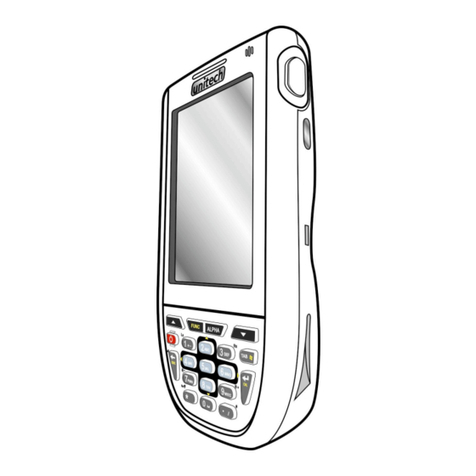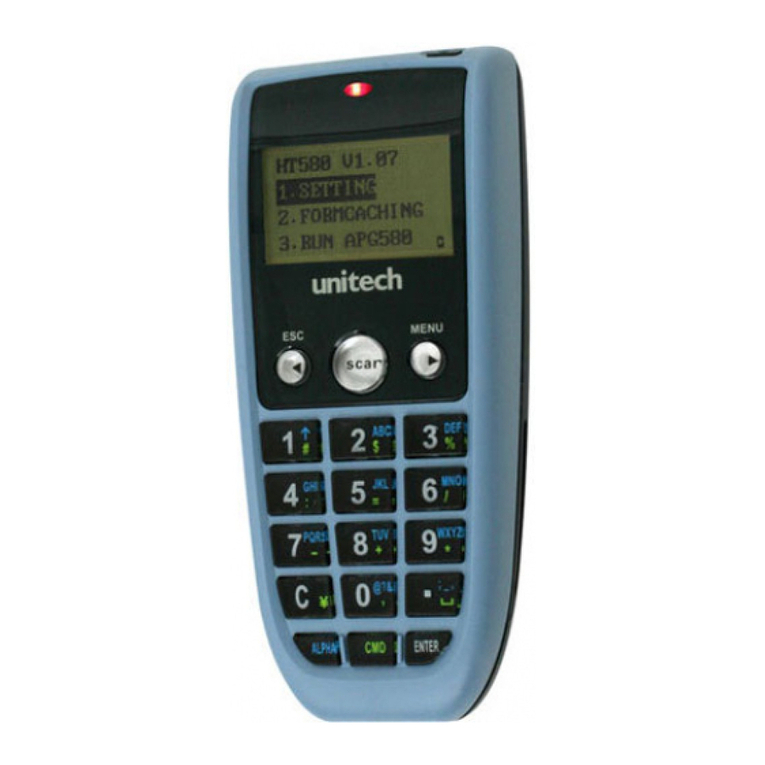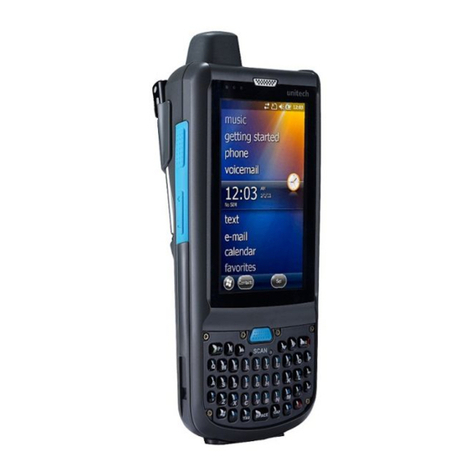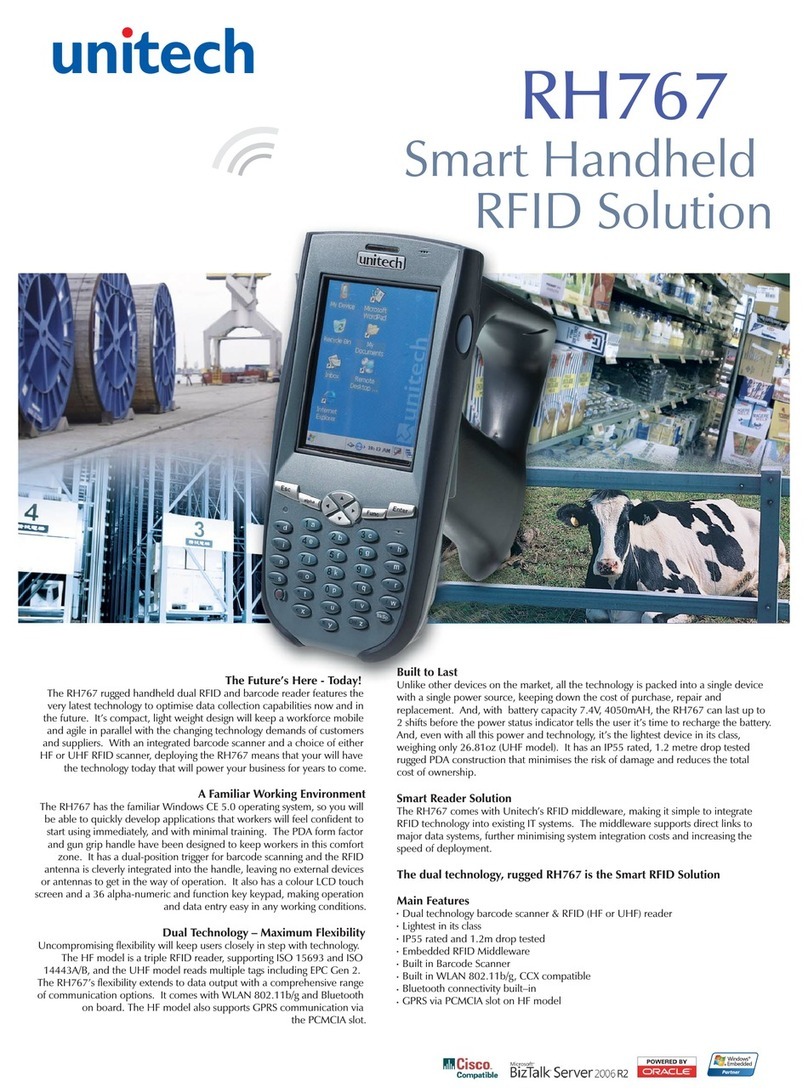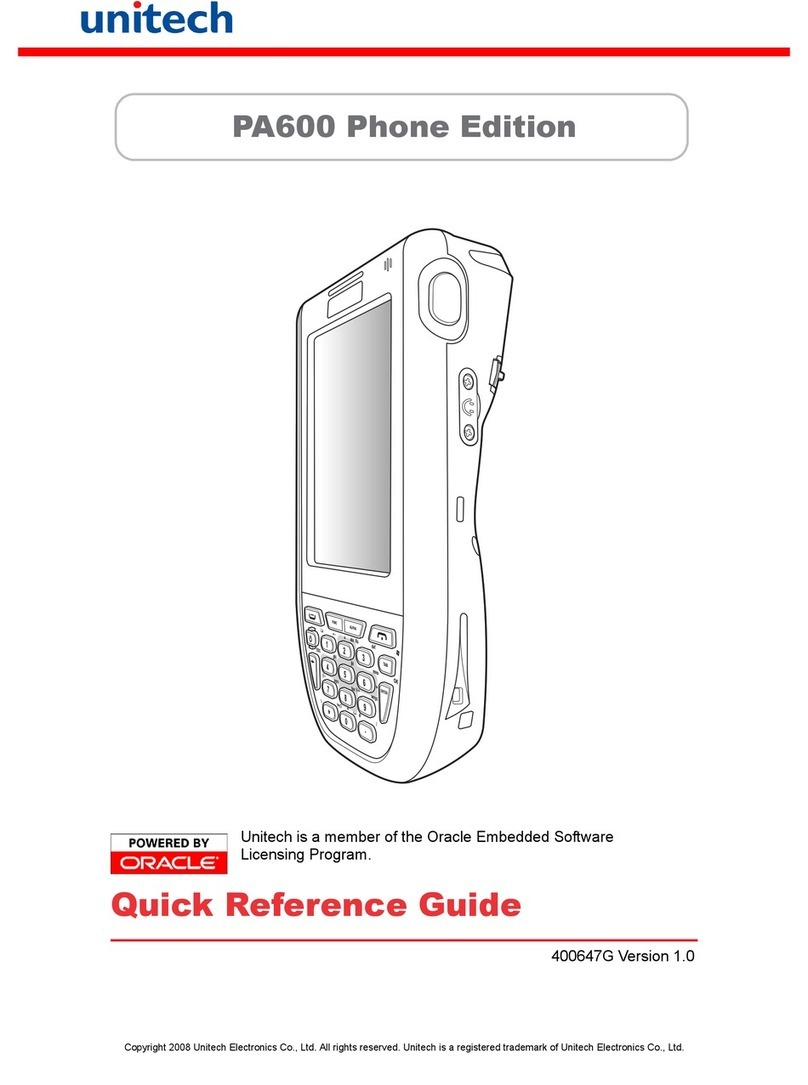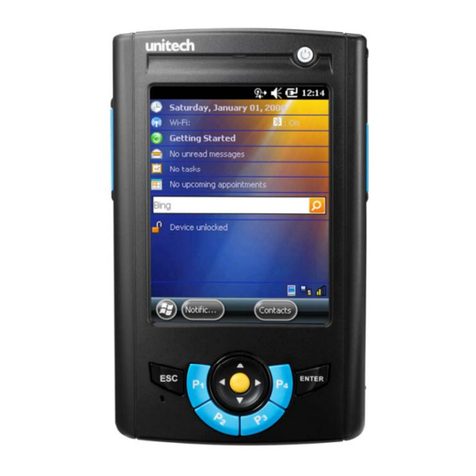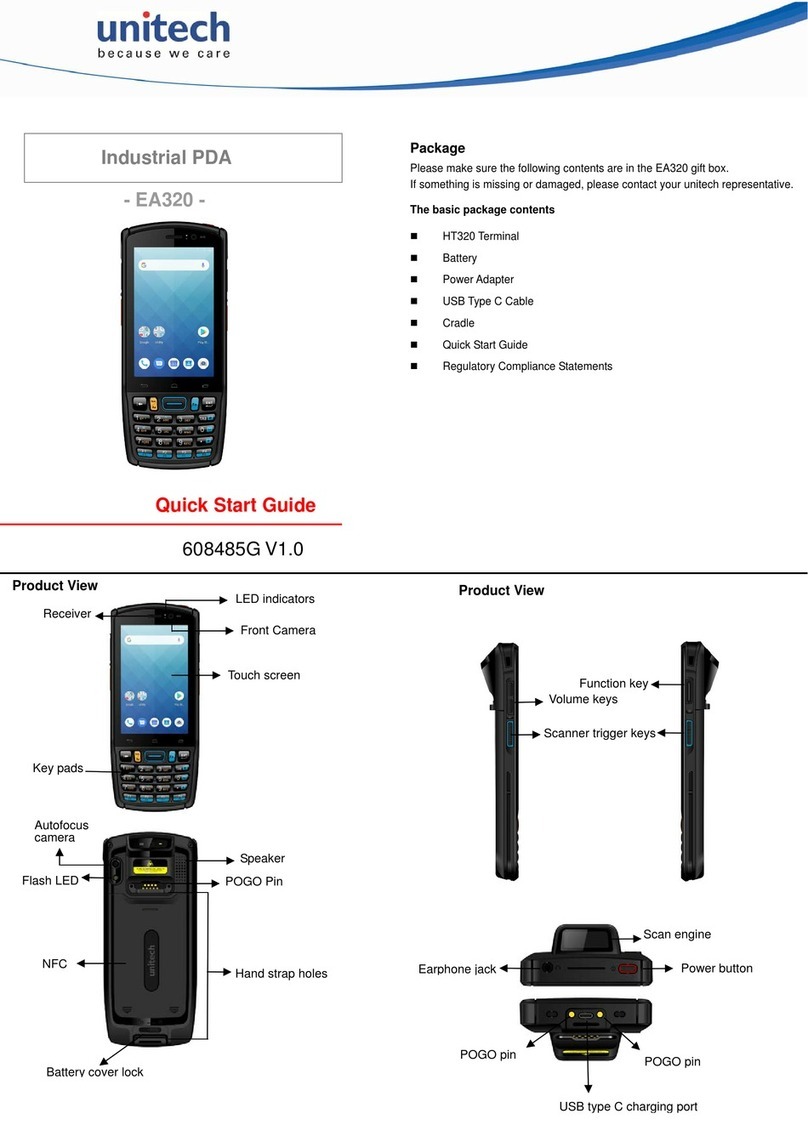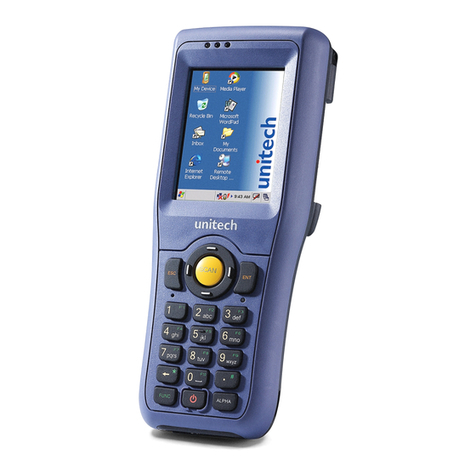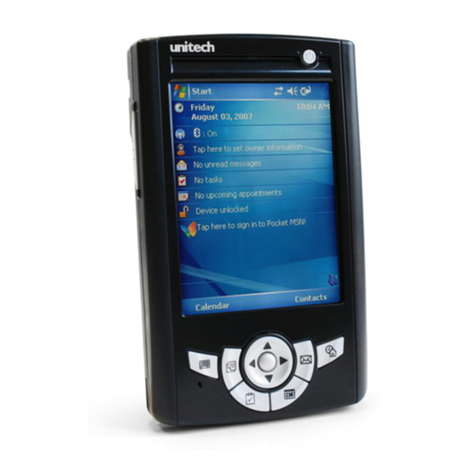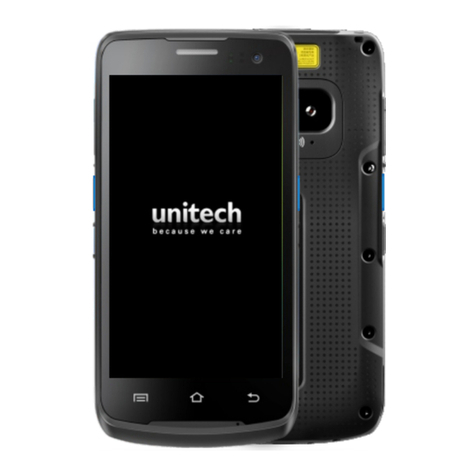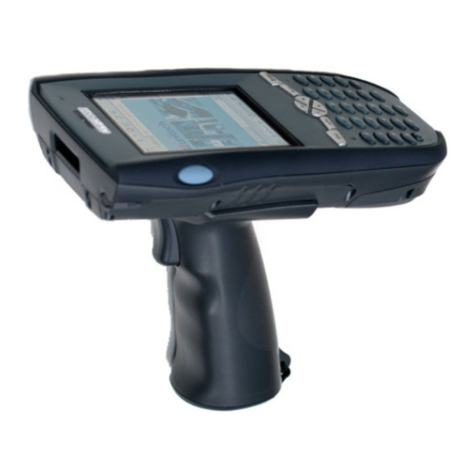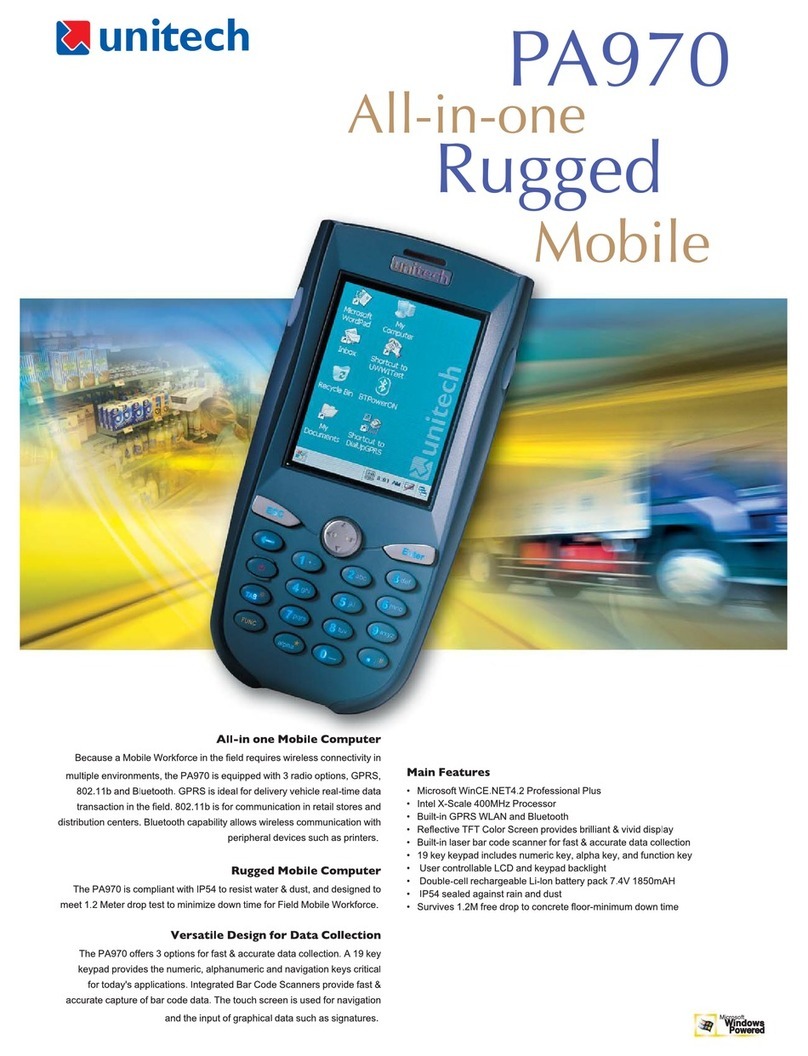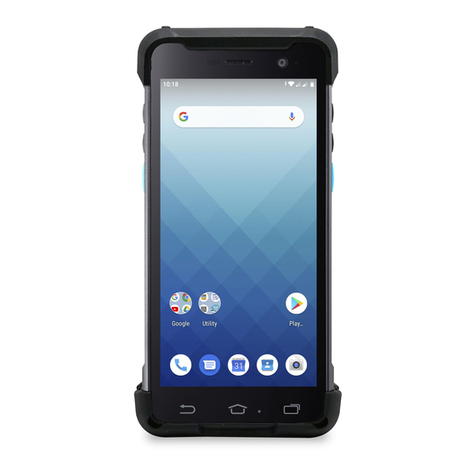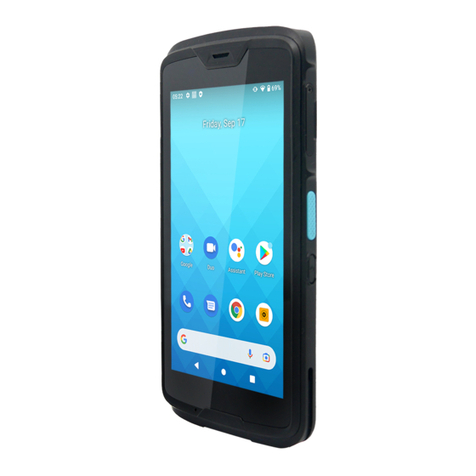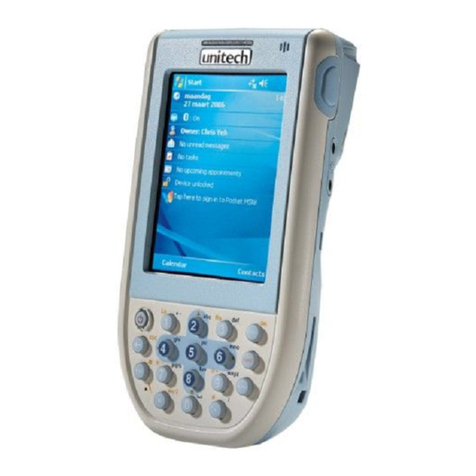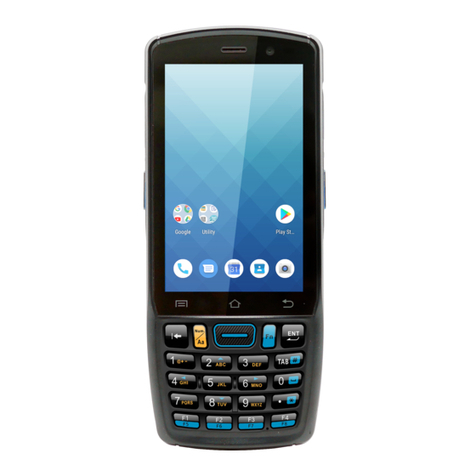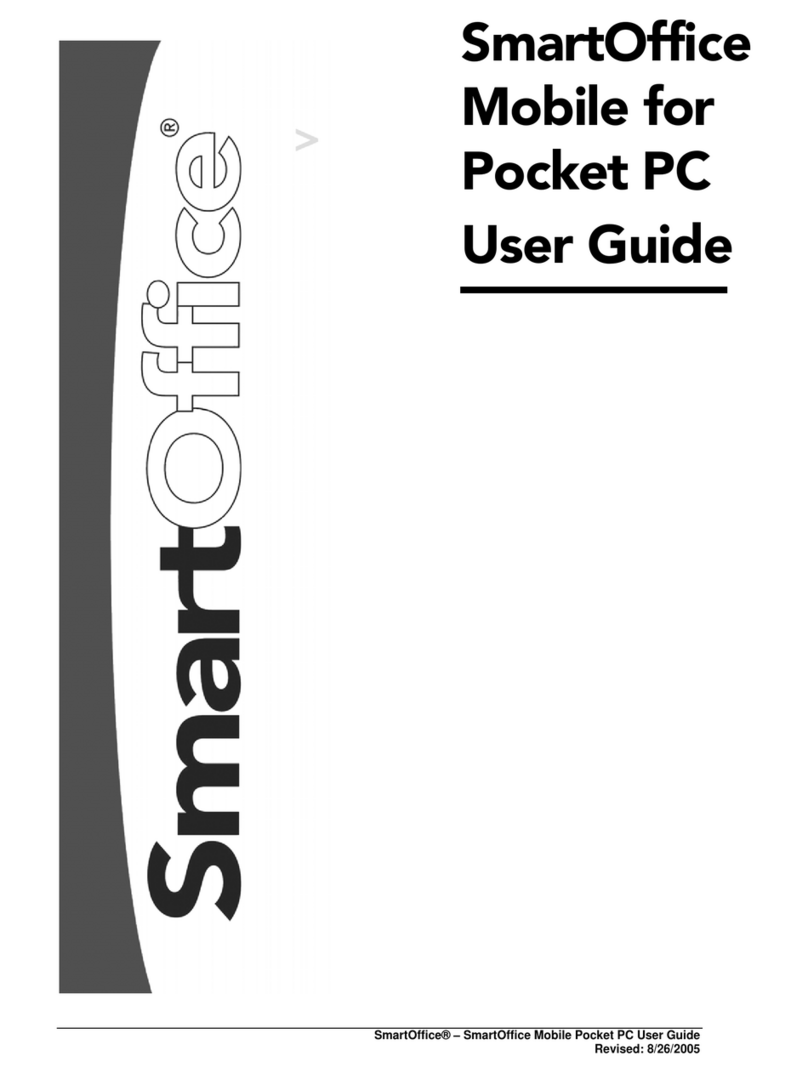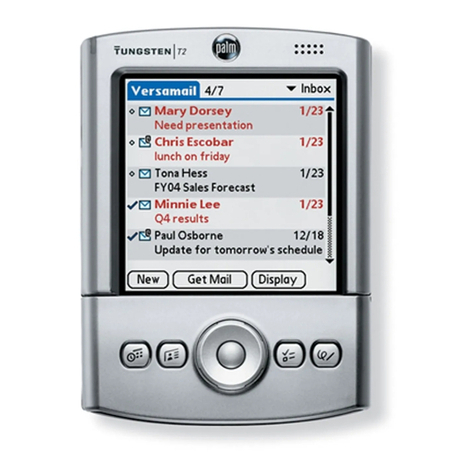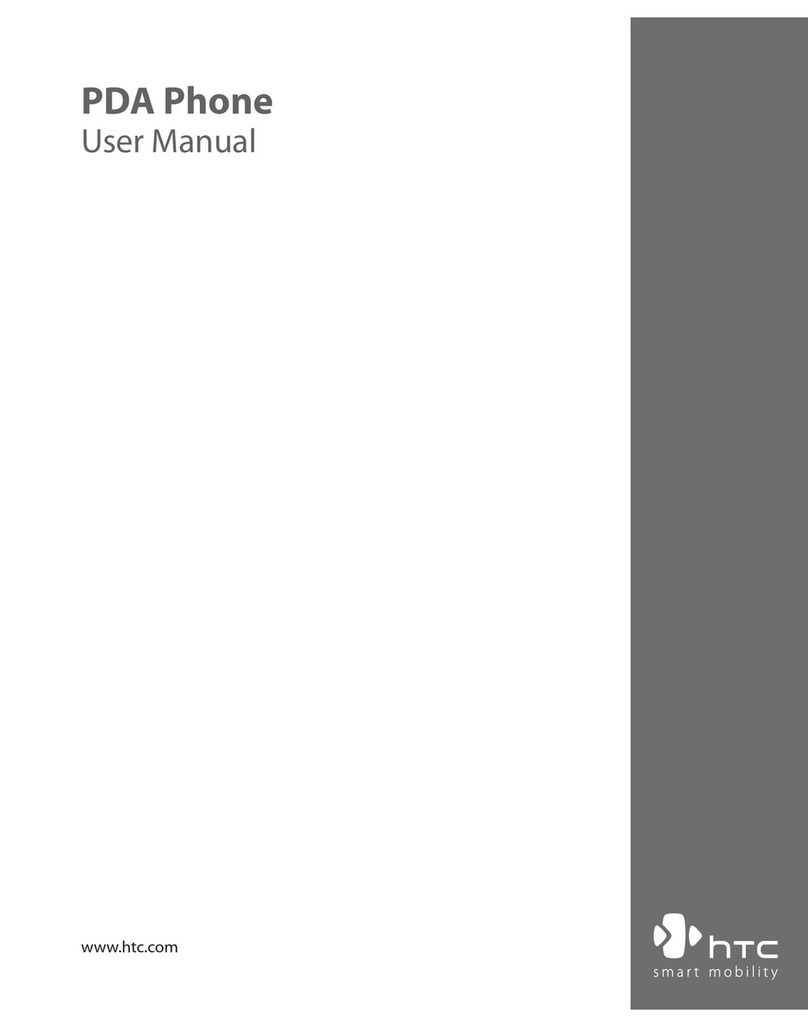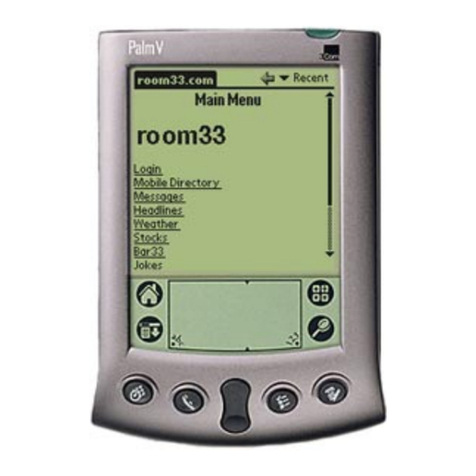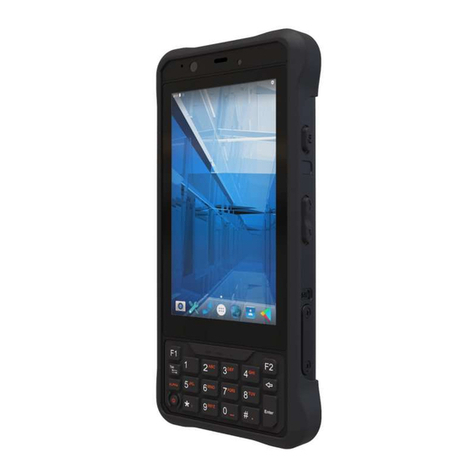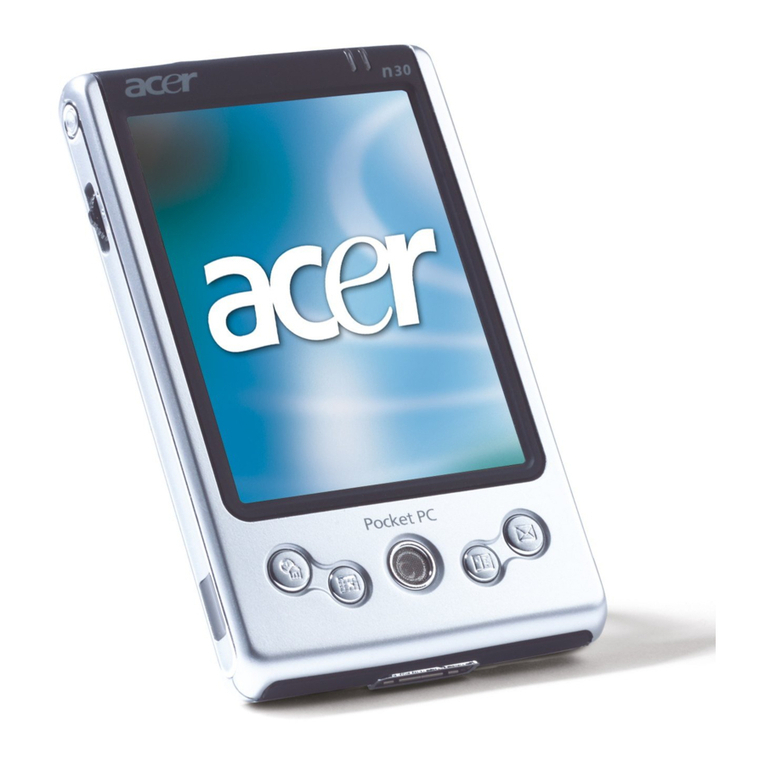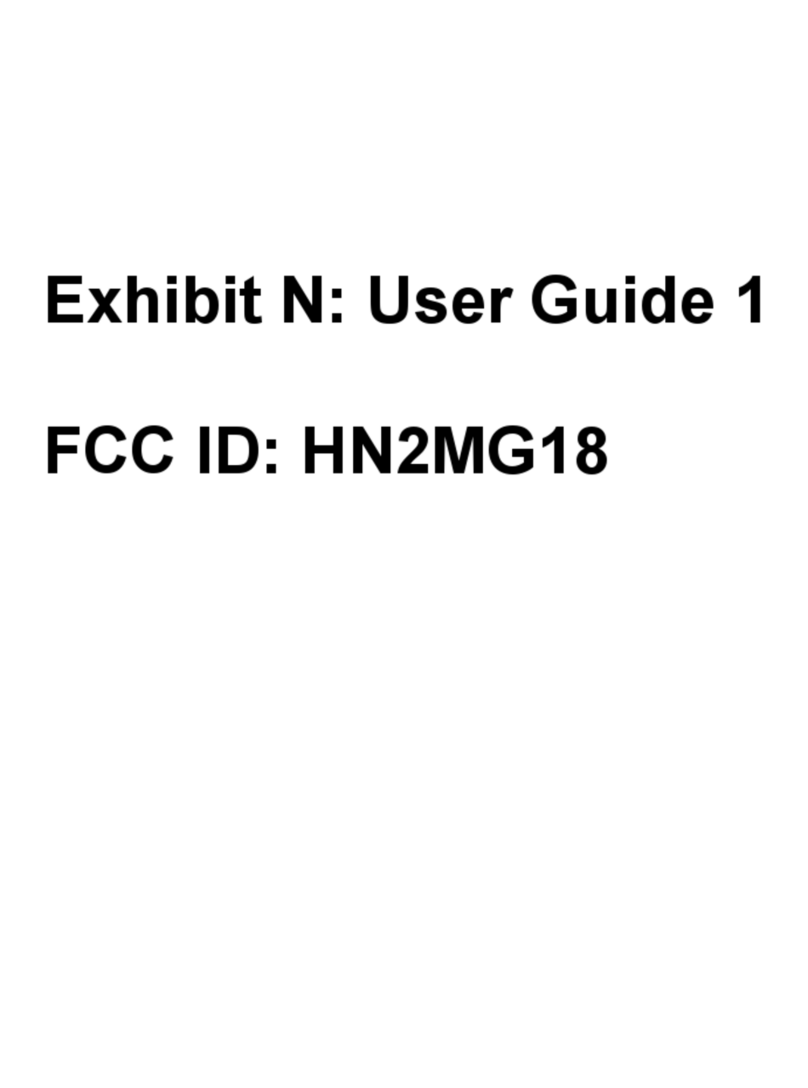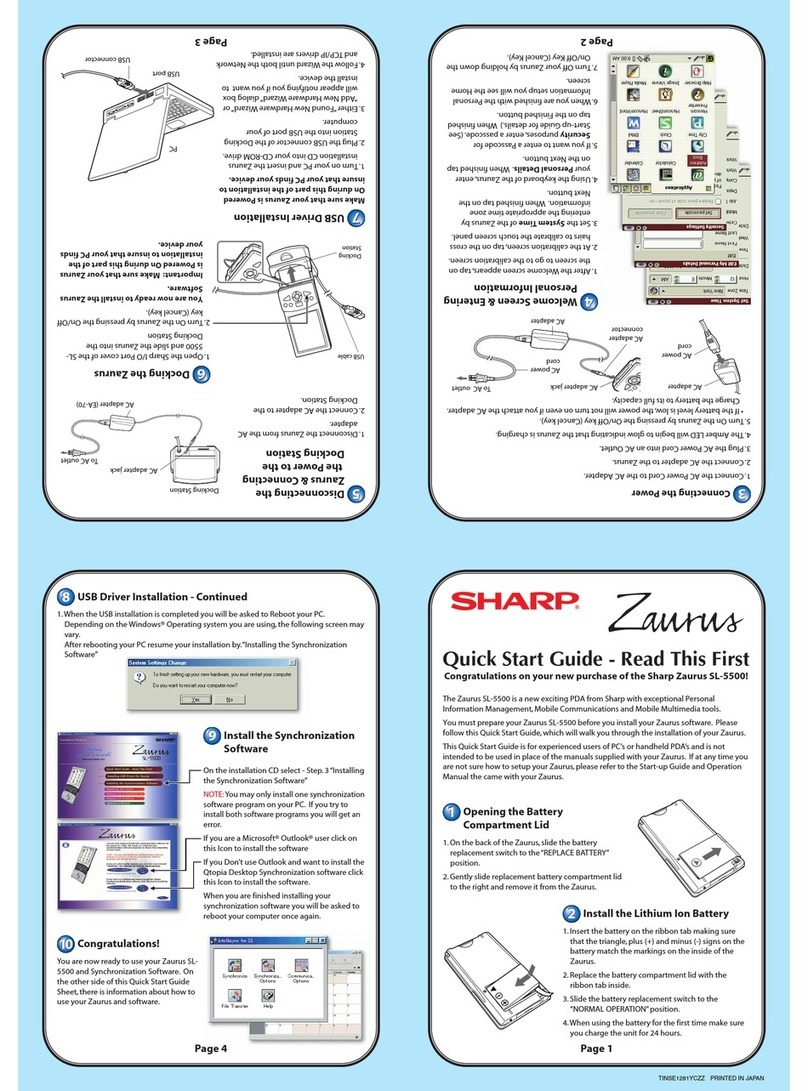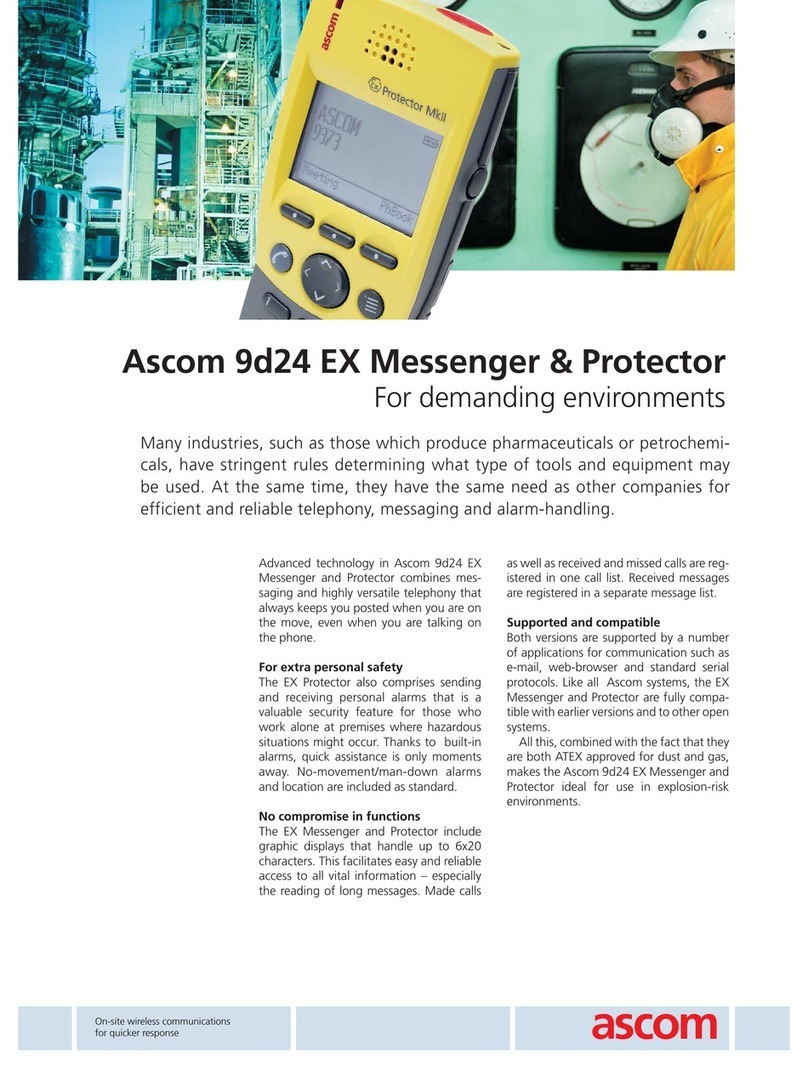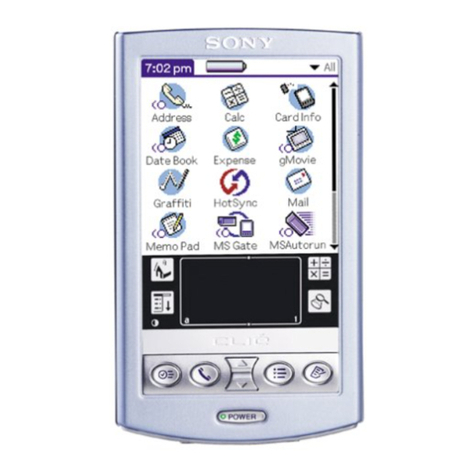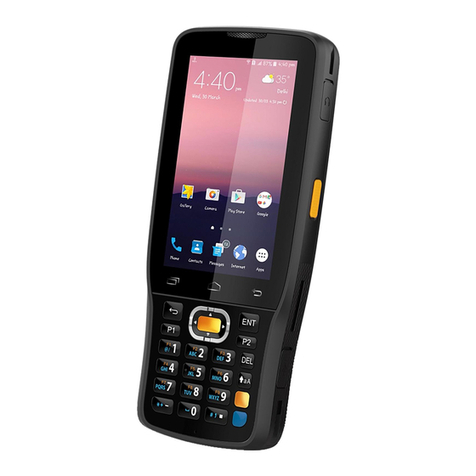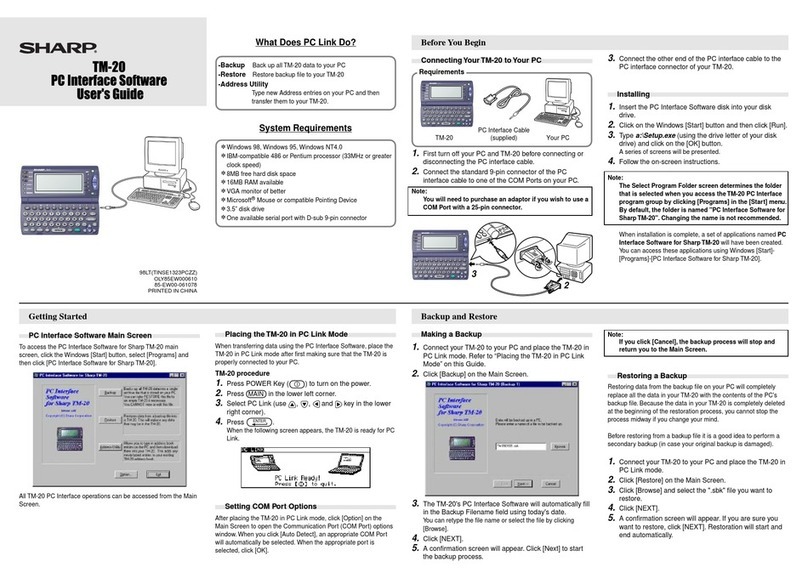
PT630 Programming Reference Guide Page 3 of 59
------------------------------------------------------------------------------------------------------------------
2.4.31 Set MULTIPOINT Address ...................................................................................................................27
2.4.32 Set File-Uploading Message ON/OFF .................................................................................................27
2.4.33 Set Terminal ID.....................................................................................................................................28
2.4.34 Set ONLINE/LOCAL in Terminal Mode ...............................................................................................28
2.4.35 Set ECHO ON/OFF in Terminal Mode.................................................................................................28
2.4.36 Set AUTOLF ON/OFF in Terminal Mode.............................................................................................29
2.4.37 Set CHARACTER/BLOCK in Terminal Mode ......................................................................................29
2.4.38 Define LINE Character in Terminal Mode ...........................................................................................29
2.4.39 Define Page Character in Terminal Mode............................................................................................30
2.4.40 Set User-defined Key-map ....................................................................................................................30
2.4.41 Get System Key-map.............................................................................................................................31
2.4.42 Enable/Disable Decoding of a Barcode Symbology.............................................................................32
2.4.43 Get Decoding Status of a Barcode Symbology .....................................................................................32
2.4.44 Code 39 Settings...................................................................................................................................32
2.4.45 Interleaved 2 of 5 Settings ....................................................................................................................33
2.4.46 Codabar Settings ..................................................................................................................................33
2.4.47 Code 128 Setting ..................................................................................................................................33
2.4.48 EAN 128 Setting ...................................................................................................................................34
2.4.49 Code 93 Setting ....................................................................................................................................34
2.4.50 UPC-A Settings.....................................................................................................................................34
2.4.51 UPC-E Settings.....................................................................................................................................34
2.4.52 EAN-13 Settings ...................................................................................................................................34
2.4.53 EAN-8 Settings .....................................................................................................................................35
2.4.54 User Code 1 Setting (TRIOPTIC Code) ...............................................................................................35
2.4.55 User Code 2 Setting (TOSHIBA code)..................................................................................................35
2.4.56 Set Interrupt Vector...............................................................................................................................36
2.4.57 Get System Date ...................................................................................................................................36
2.4.58 Set System Date ....................................................................................................................................36
2.4.59 Get System Time ...................................................................................................................................37
2.4.60 Set System Time ....................................................................................................................................37
2.4.61 Set Alarm Date .....................................................................................................................................37
2.4.62 Set Alarm Time .....................................................................................................................................38
2.4.63 Get DOS and Firmware Version Number .............................................................................................38
2.4.64 Get Interrupt Vector..............................................................................................................................39
2.4.65 Get Free Disk Cluster...........................................................................................................................39
2.4.66 Create File with Handle .......................................................................................................................39
2.4.67 Open File with Handle .........................................................................................................................40
2.4.68 Close File with Handle.........................................................................................................................40
2.4.69 Read File with Handle..........................................................................................................................41
2.4.70 Write File with Handle .........................................................................................................................41
2.4.71 Delete File ............................................................................................................................................42
2.4.72 Move File Pointer.................................................................................................................................42
2.4.73 Search Character Beginning at the Current File Position ...................................................................43
2.4.74 Search String in Formatted Data File Beginning at the Current Position ...........................................43
2.4.75 Insert / Delete Data Block to / from File at the Current Position.........................................................44
2.4.76 Allocate Memory ..................................................................................................................................45
2.4.77 Free Allocated Memory ........................................................................................................................45
2.4.78 Modify Allocated Memory Block ..........................................................................................................46
2.4.79 Run specified program..........................................................................................................................46
2.4.80 End Program ........................................................................................................................................46
2.4.81 Read Data from Scanner Port ..............................................................................................................47
2.4.82 Set Scanner Port...................................................................................................................................47
2.4.83 Rename File..........................................................................................................................................44
2.4.84 Create New File....................................................................................................................................44
2.4.85 Receive Data from RS232 Port in MULTIPOINT Protocol..................................................................48
2.4.86 Send Data to RS232 Port in MULTIPOINT Protocol (Buffered Output)...........................................48
2.4.87 Check RS232 Output Buffer Status in MULTIPOINT Protocol ............................................................49
1.6 POWER MANAGEMENT FUNCTION ( INT 22H )...........................................................................................50
